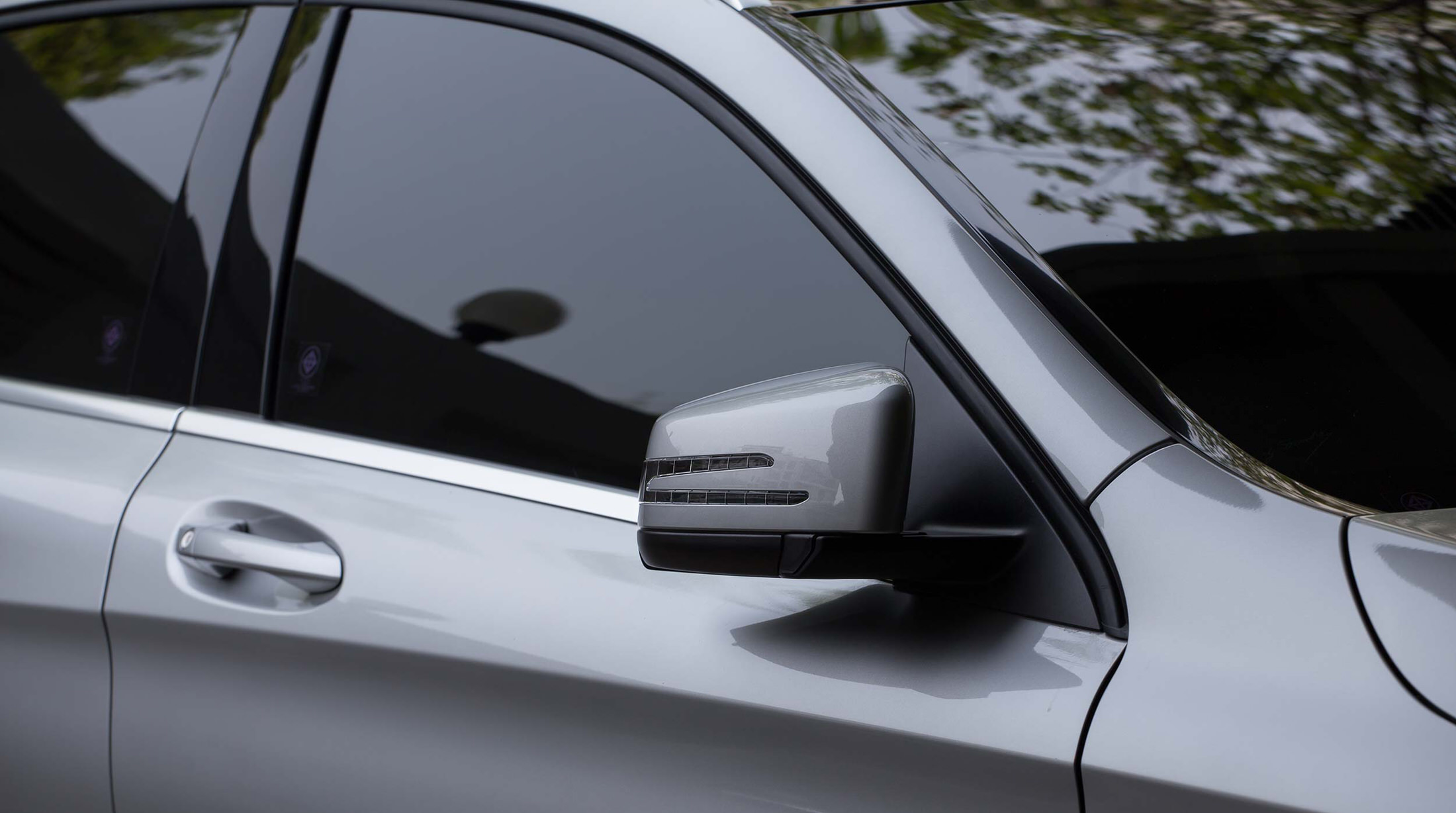Window Tinting Rules: What You Need to Know Before Tinting Your Automobile
Comprehending window tinting legislations is crucial for any kind of vehicle owner taking into consideration tinting their car. Rules vary substantially from state to state, establishing details limits for Visible Light Transmission (VLT) percentages, particularly for front-side windows and windshields. Failing to abide by these laws can cause fines, the need to remove the color, and complications with insurance. As you consider improving your car's look and performance, it is crucial to realize not only the legal effects but additionally the functional factors to consider that feature picking the appropriate tint. What variables should you prioritize in your decision-making process?
Significance of Understanding Tint Regulations
Recognizing home window tinting regulations is essential for lorry owners to guarantee conformity with state regulations. These regulations determine the allowable degrees of tint darkness and reflectivity, which can substantially vary from one jurisdiction to an additional. Falling short to stick to these laws can result in penalties, compulsory removal of the color, and prospective issues throughout lorry examinations.
In addition, understanding these laws helps vehicle proprietors make educated decisions regarding their tinting options. Different kinds of home window films give numerous advantages, such as UV security, warmth being rejected, and glow decrease. However, without understanding of the lawful limits, automobile proprietors risk selecting items that might eventually bring about legal concerns.
In addition, recognition of tinting legislations fosters a more secure driving atmosphere. window tinting. Exceedingly dark colors can impair visibility, increasing the threat of mishaps, particularly in the evening or in damaging weather problems. Law enforcement companies likewise utilize these laws to make sure roadway safety and security, making compliance not just an individual responsibility however a lawful obligation
State-Specific Color Regulations
Each state in the U.S. has actually developed its own details regulations concerning home window tinting, showing a varied array of criteria and demands. These guidelines can differ significantly, affecting just how vehicle proprietors come close to installation and conformity. For example, some states enable darker tints on rear home windows while enforcing strict limitations on front-side home windows.
Furthermore, policies commonly specify allowable tint products and colors. Certain states forbid reflective colors altogether, while others might permit them to a restricted level. Furthermore, some territories mandate that automobiles with colored windows present a sticker label indicating compliance with state legislations, supplying a clear identification for legislation enforcement.
Enforcement of these laws also varies; some states are a lot more proactive, carrying out random checks, while others rely upon complaints or visible offenses to initiate enforcement. Automobile owners should understand that failing to abide by state-specific color regulations can result in penalties, obligatory elimination of prohibited tints, or both.

Legal Color Percentages
Establishing the lawful tint percentages is important for car owners seeking to adhere to state laws. Each state has details regulations governing exactly how much light must travel through the windows of a read more lorry, which is shared as a portion called Visible Light Transmission (VLT) This portion differs substantially throughout states and can depend upon the type of window-- front side, back side, and windshield.
For example, some states allow just 20% VLT on front side home windows, while others may allow up to 50%. Windscreen tinting is usually more limited, with several jurisdictions enabling just a narrow band of color on top of the windshield. On the other hand, rear windows typically have extra lax guidelines, with some states allowing darker colors.
It is crucial for lorry owners to acquaint themselves with their neighborhood legislations to stay clear of possible legal concerns. This includes understanding exactly how VLT is gauged, as it can vary based on the kind of home window film utilized. Staying informed concerning these laws guarantees conformity and advertises secure driving conditions for both the car proprietor and others when traveling.
Consequences of Non-Compliance
Stopping working to stick to home window tinting laws can lead to significant effects for vehicle proprietors. Police officers educated to identify illegal tint levels may issue penalties, which can vary by jurisdiction yet commonly vary from modest to significant amounts.

Insurance provider might also enforce penalties for non-compliance, as unlawful adjustments can be checked out as a violation of plan terms. This could impact coverage prices or cause complications in claims if an event occurs.
Eventually, the consequences of non-compliance expand past instant punitive damages; they can impact a vehicle driver's insurance coverage rates, legal standing, and total vehicle worth, highlighting the importance of sticking to local window tinting regulations.
Tips for Finding Tinting Options
Comprehending the ramifications of non-compliance highlights the importance of making informed selections when choosing window tinting options. Familiarize on your own with your state's certain regulations pertaining to color darkness and reflectivity. Each state has special laws that determine the permissible limits, so ensure you remain within these guidelines to prevent fines.
Secondly, think about the type of tint material. Options include colored, metalized, and ceramic tints, each offering varying levels of warmth denial, UV security, and sturdiness. Ceramic tints give premium warmth resistance without conflicting with digital tools, making them a popular option.
In addition, analyze your primary objective for tinting. If you look for improved personal privacy, go with darker colors; however, remember that this might impact exposure during the night. visit On the other hand, if glare decrease and UV defense are your major issues, lighter colors might suffice.
Last but not least, talk to a specialist installer that is experienced regarding neighborhood laws and can advise premium products fit to your requirements (window tinting). Taking these aspects into account will certainly guarantee you make a well-informed decision, ultimately her comment is here enhancing both your vehicle's visual appeals and capability
Verdict
In conclusion, knowledge with window tinting legislations is vital prior to applying tint to a lorry. By comprehending lawful needs and choosing ideal tint products, vehicle owners can attain aesthetic improvement while continuing to be compliant with relevant legislations.
Comprehending window tinting regulations is necessary for any kind of lorry owner thinking about tinting their automobile.Understanding window tinting regulations is important for vehicle proprietors to ensure compliance with state laws. Some states allow darker colors on rear windows while enforcing strict limitations on front-side home windows.
In contrast, back home windows typically have much more lax policies, with some states permitting darker colors. (window tinting)
In conclusion, knowledge with home window tinting legislations is essential prior to using tint to a vehicle.